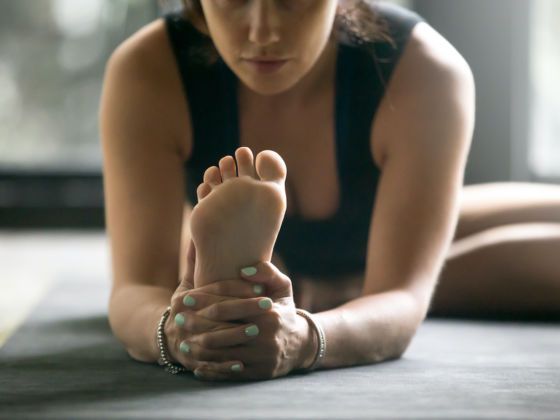Travel often means spending prolonged periods in a seated position. Aside from being absurdly uncomfortable, extended bouts of sitting can cause health issues including blood clots, nerve problems such as numbness or tingling, muscular atrophy in some parts of the body, and muscular tightness in others.
It took millions of years for the human body to develop its upright standing posture, evolving biological mechanisms to battle the force of gravity — in fact, human bodies actually utilize gravitational force for their benefit when they walk. To illustrate, imagine a spring resting on a table. You push down on the spring to ‘load’ it. When you let go, it releases all of its stored energy and pops up. In this analogy, you are the spring and gravity is your hand pushing down. Every time you take a step, gravity pushes on you, in essence compressing you like a spring. Due to your various joint alignments, muscle tensions, and directions of pull, this creates a ‘loaded’ spring effect that the body uses to propel you forward from step to step. This is why you can walk for miles, but can only do biceps curls with a 10lb weight for a handful of repetitions.
